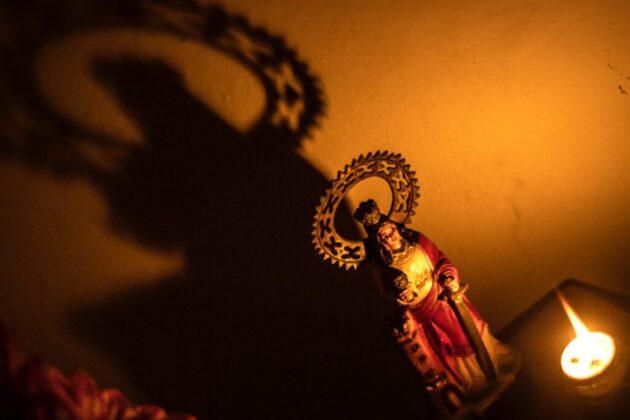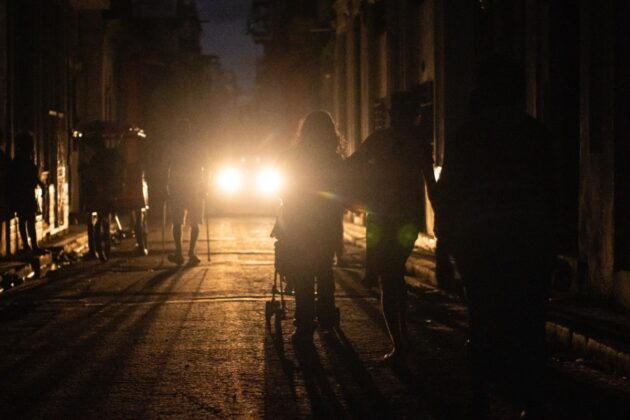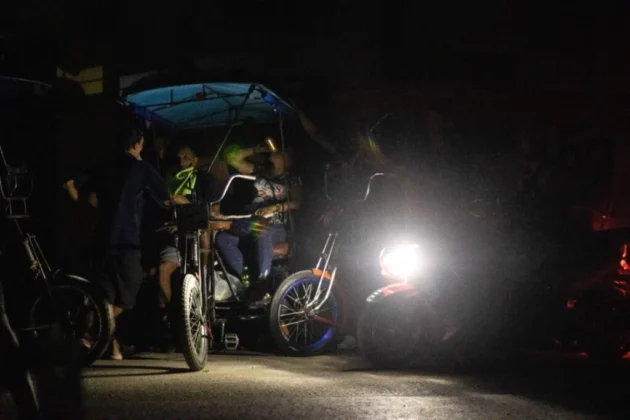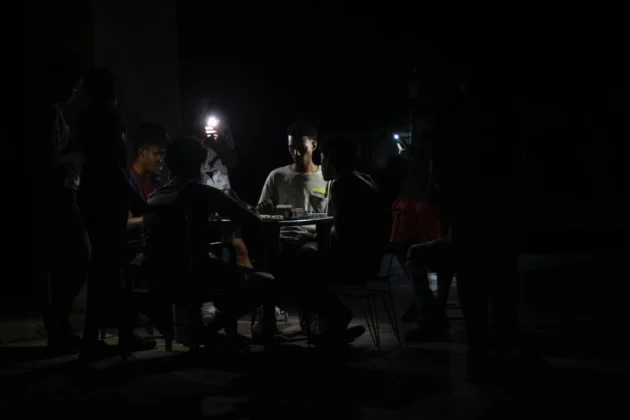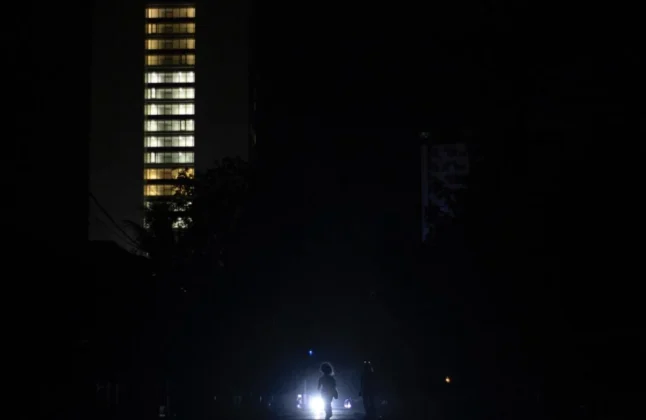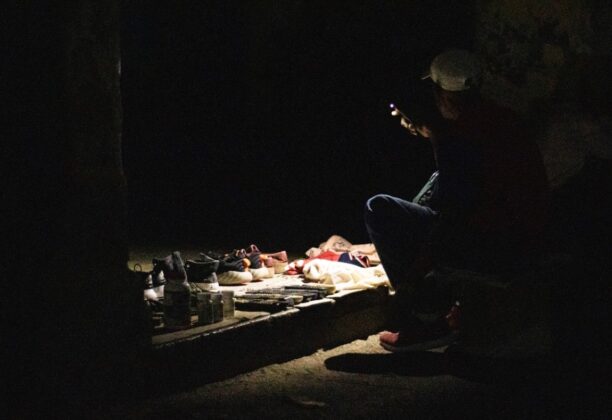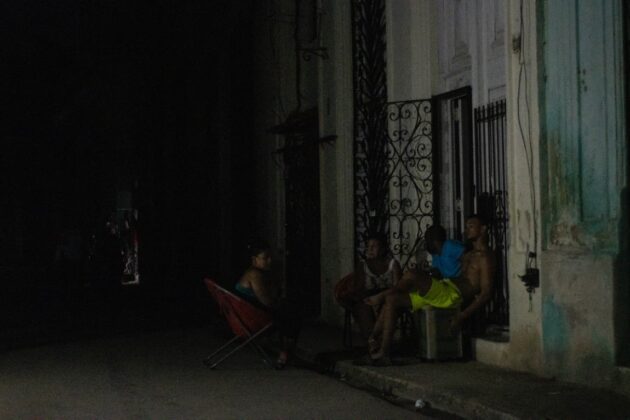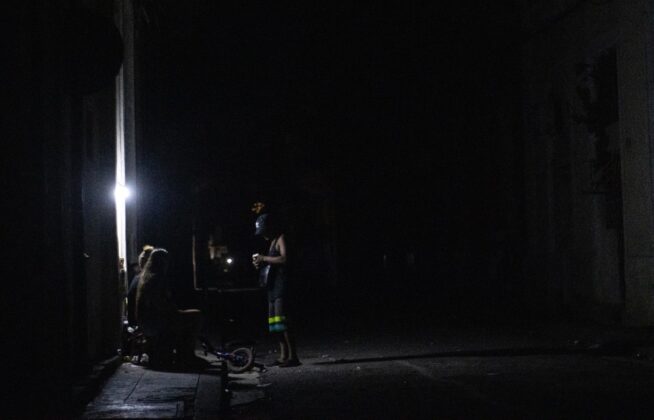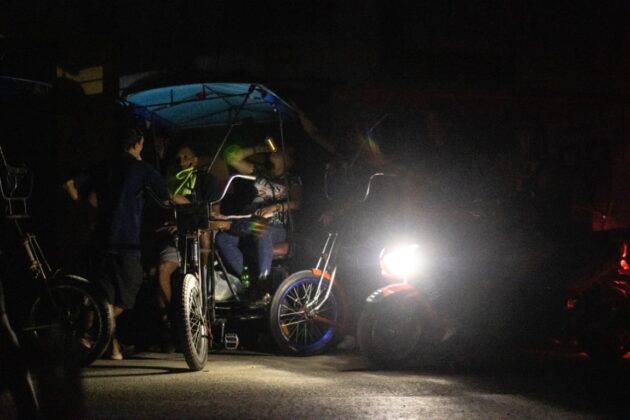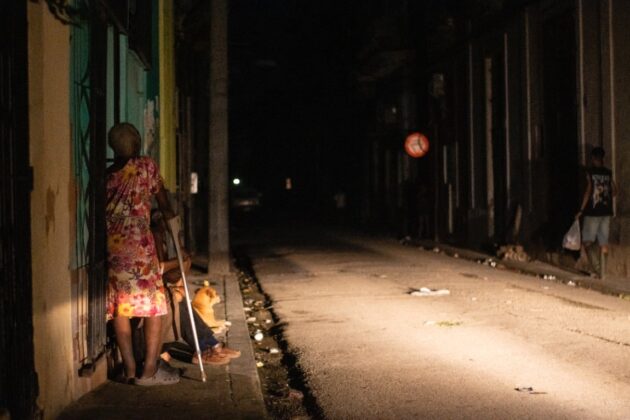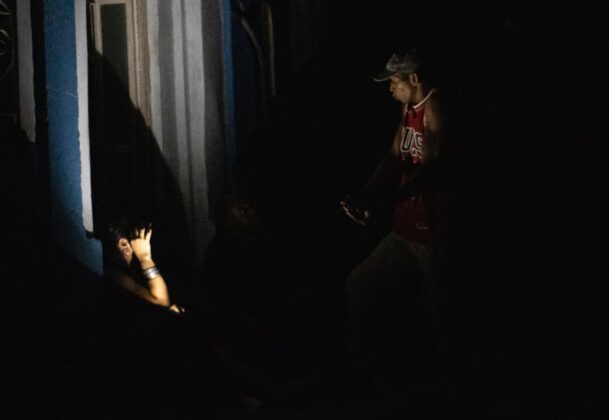There is this almost unanimous feeling that the electrical collapse that occurred in Cuba on October 17—which paralyzed the country in its entirety and plunged into darkness a population already exhausted by countless hardships—would be an extreme symptom of the multidimensional, endemic crisis that the island has been facing for more than 30 years.
Nothing could be more illustrative of the disaster than the black paintings of these days… The current exodus—whose figures recall the flight of refugees subjected to fierce war contexts or unbearable environmental catastrophes, to the point that a demographic decline of 18 percent has been estimated in the last two or three years—or the social outburst of July 11, 2021—and its countless micro-localized replicas in a large part of the archipelago—are, undoubtedly, undeniable facts that dramatically enunciate the impoverishment of daily life, the nullity of the old hegemonic mechanisms of social cohesion, the dissolution of any shared idea about the future.
At the same time, it seems that more and more people are revolting and insisting on taking control, at least, of their personal destiny. For years now, the Cuban regime has not ceased to send out duplicitous, rigorously hypocritical signals, embedded in the everlasting rhetorical block of insular socialism, about this “every man for himself” empire that is the reality of Cuba.
And in an increasingly inefficient and unequal country—a humiliating inequality that is measured above all in access to basic resources, such as food or electricity (gasoline or oil, and domestic power plants, for example)—, those who do better are inevitably, at least for now, the family, partisan and military elite of totalitarianism.
Experts are convinced that the biggest power outage in the history of Cuba—a land of blackouts as much as it is a land of son and reparto—is essentially due, not to the “economic blockade,” but to the bad governmental management: that is, to the lack of foresight and investments in the electric power sector, to corruption or irresponsibility in the use of foreign loans and subsidies. This would be just one more episode of the multi-organic failure towards which the national economy has been advancing slowly but surely for five years since that “temporary situation,” in the vernacular language of power.
We were saying… nothing as iconic as the total blackout, the latest cipher and manifestation of totalitarian power in Cuba. Cuba and the night: “Or are they both the same?”
We see in these photos the night of the Jesús María neighborhood; it is still Sunday in Old Havana, the night of National Culture Day. Nobody here feels like singing the Bayamo hymn. Those who have found a place to charge their batteries play a different music for their neighbors. People cook with firewood in the street, eat in the street, the light of a car dazzles them from time to time…
“I have rarely felt so insecure,” says the photographer, “Loads of drunk people, probably drugged by that “químico” which costs 50 pesos. And a lot of anger, especially on Bélgica Street, the one that passes by El Floridita.”
The total blackout in Cuba has found space in all the major international media. We have read in the independent Cuban press the just denunciations against the state’s ineffectiveness. There are the antecedents, the projections, and the analysis of an infrastructural collapse that, in any case, does not forebode an effective change in the short or medium term, a change for the better, we mean.
The images tell the inside of the great blackout, the heart of Cuban darkness. “Very few people hitting pots and pans in Old Havana. When I returned home, people were hitting pots and pans all over Santo Suárez, where I live,” says the photographer.
During the weekend, many Internet users shared images of The Great Blackout, the well-known work of Cuban painter Pedro Pablo Oliva. Thirty years ago, in the middle of the Special Period, when thousands of rafters were improvising their escape, the artist conceived that large-format tableau whose dreamlike or playfully nightmarish imagery—where the murky waters of surrealism, expressionism, the island’s caricature tradition, discursive snippets of history and politics, and a certain animist, pagan spirituality are mixed—beautifully reveals what darkness hides in Cuba.
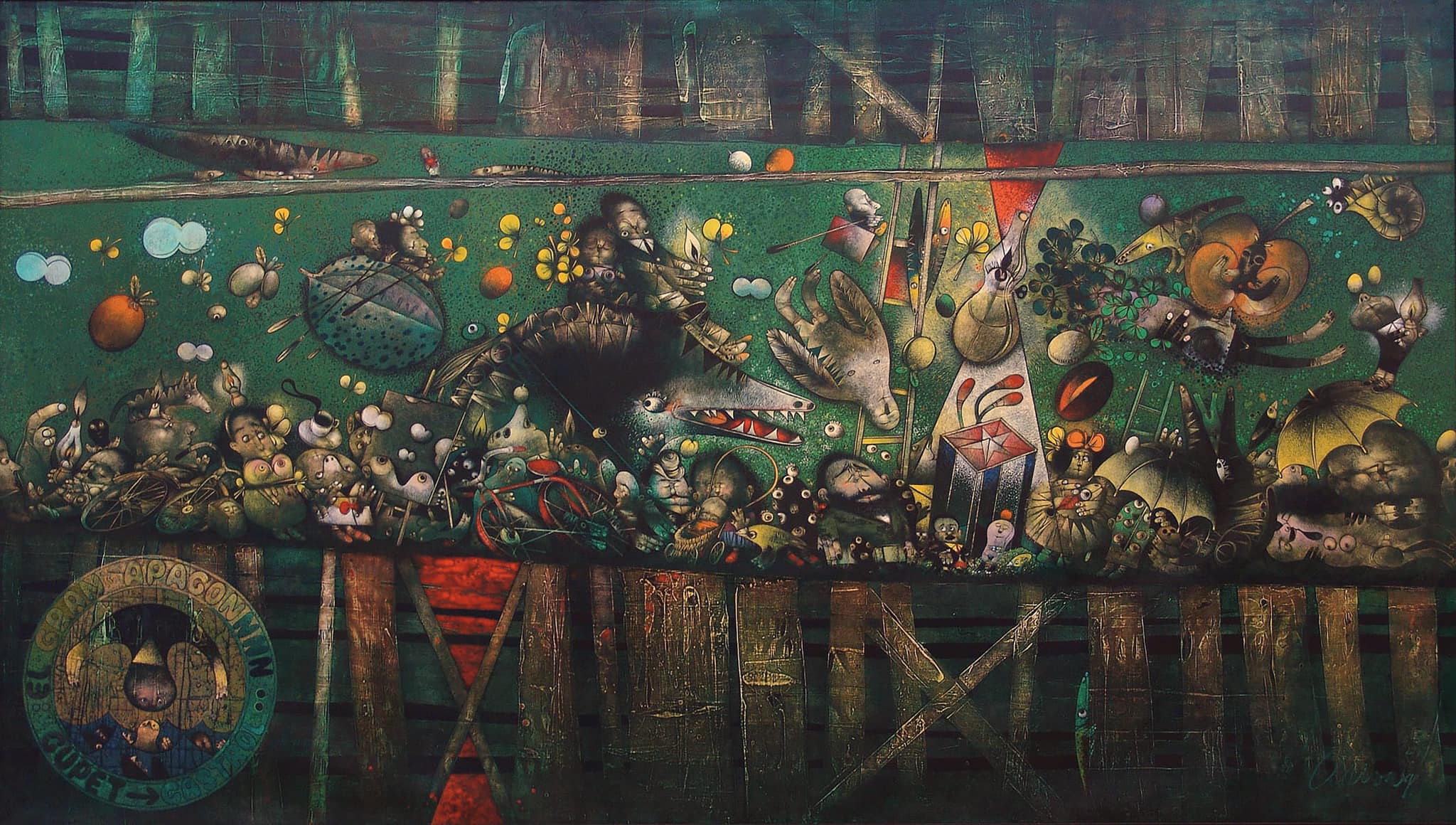
These days have perhaps confirmed the prophetic nature of The Great Blackout, which had already been praised as an eloquent chronicle of the last fin-de-siècle on the island. If that painting was labeled by some as “a Cuban Guernica,” the label has never been more accurate as its total opposite. The much-announced bombing never came; death and ruin happen here as implosion.
The last images of this gallery show the night of Havana’s El Vedado: someone tries to hitchhike, and someone waits for a bus that probably won’t arrive; others play dominoes; a fuel truck supplies the electric plant of some lucky ones.
Only the towers of the Grand Aston Havana Hotel are shown to us fully, shamefully illuminated. And a lone woman is silhouetted for an instant against the headlights of a car.


